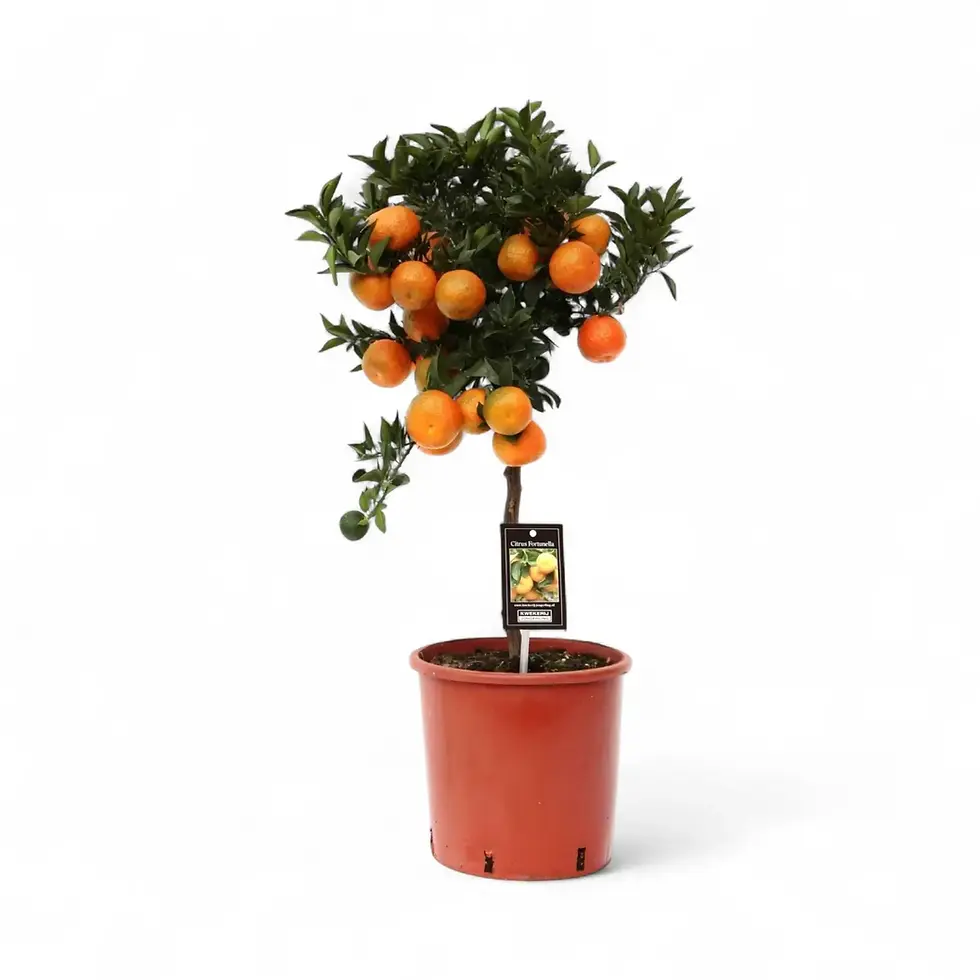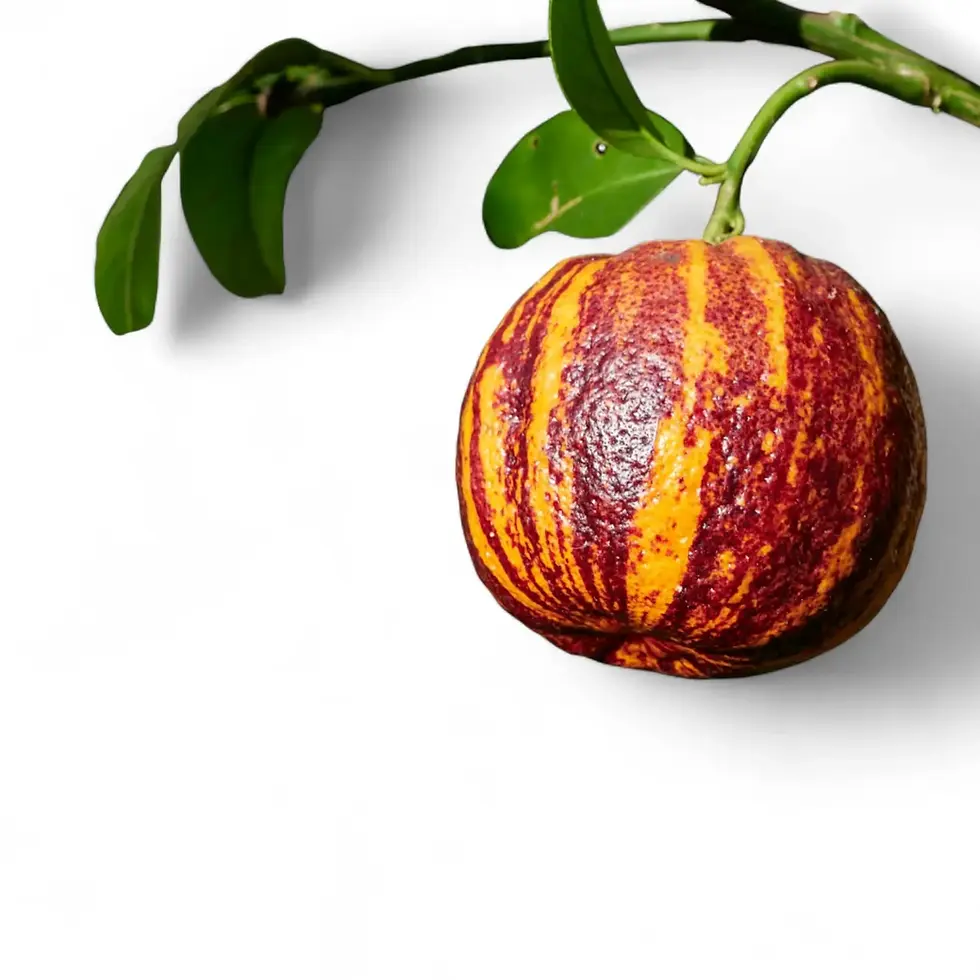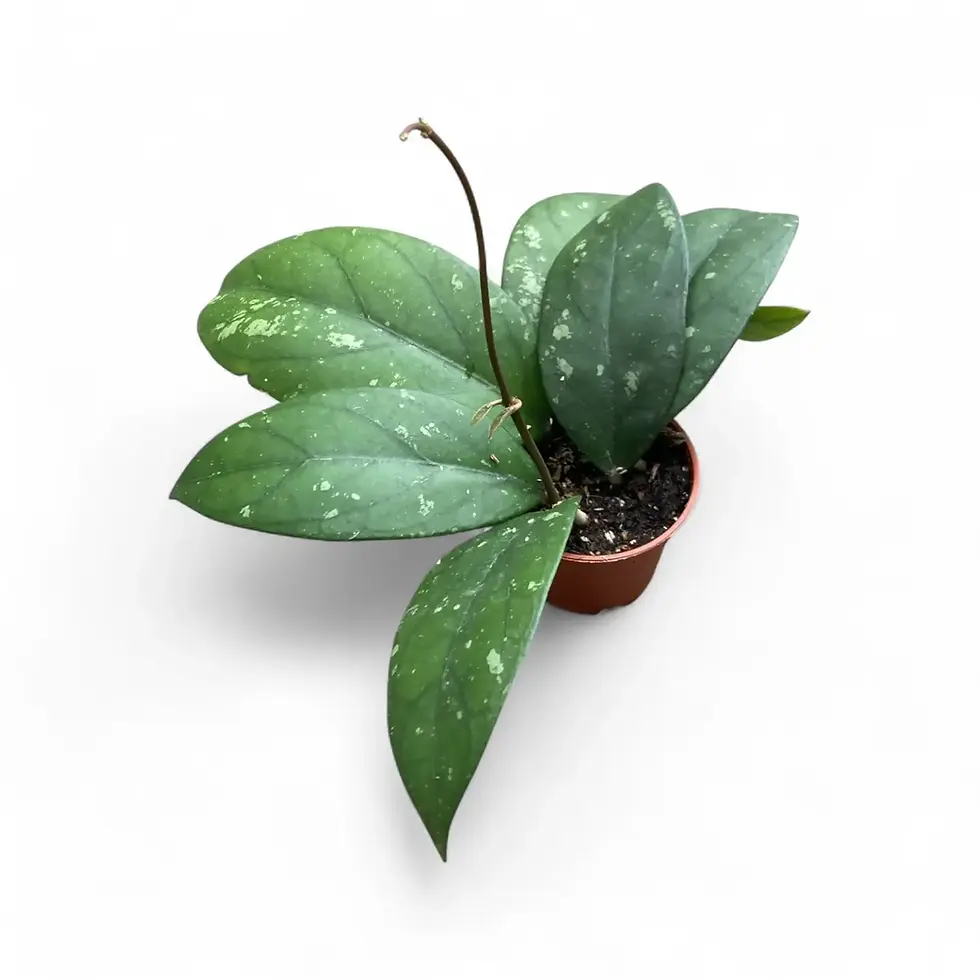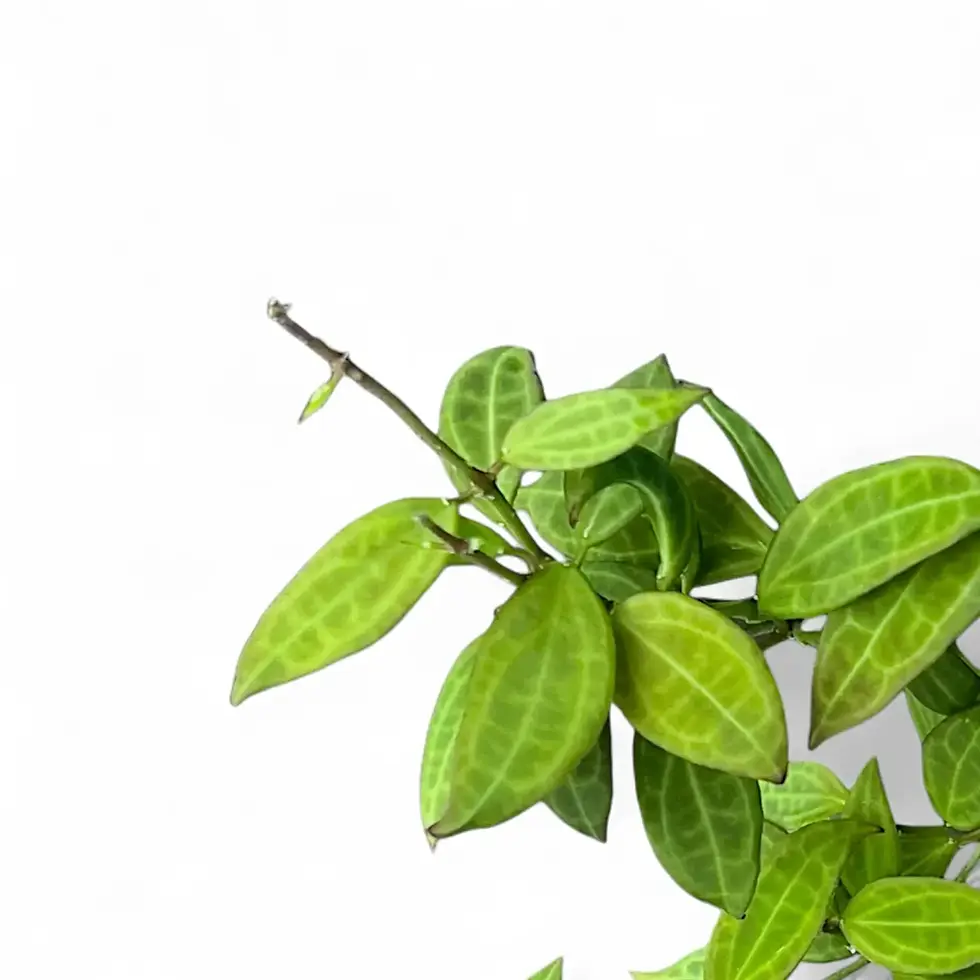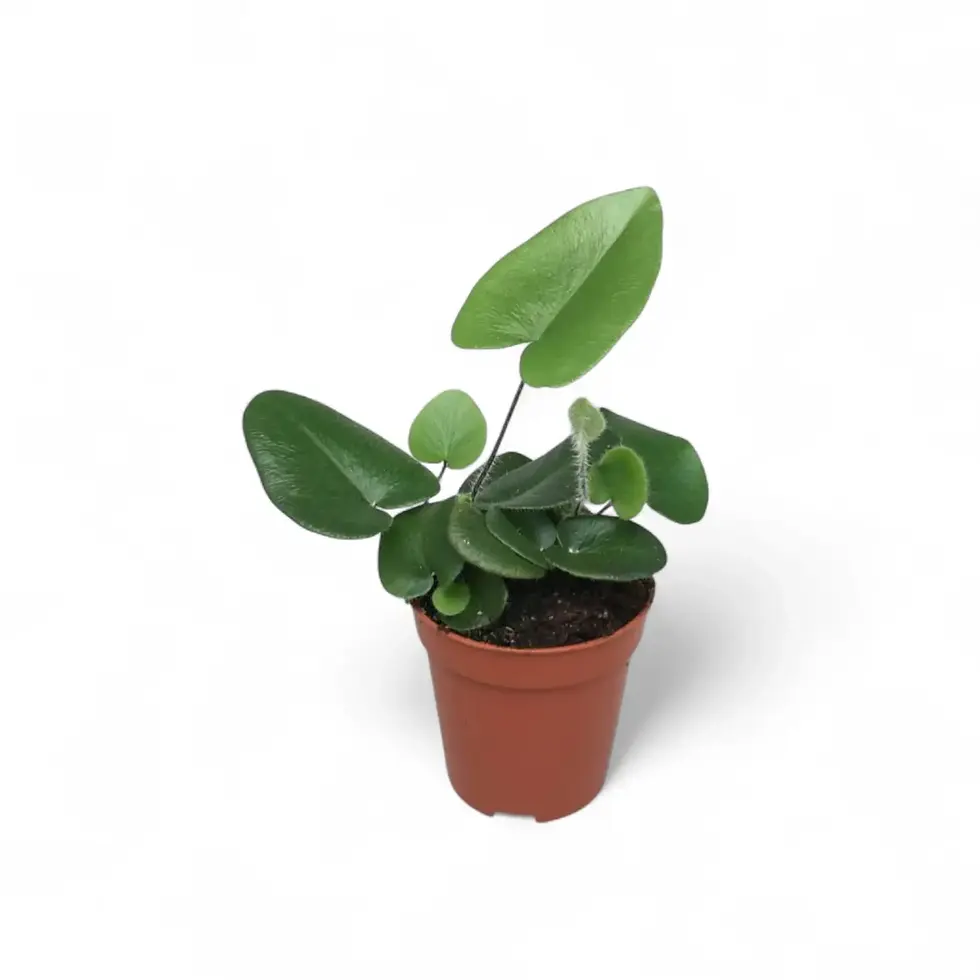Anthurium crystallinum – Velvet Aroid with Silver Veins
Anthurium crystallinum is a rare velvet-leaf aroid from the tropical rainforests of Colombia. With heart-shaped, deep green foliage and shimmering white venation, this species turns heads in every indoor plant setup. It stays compact yet elegant, with mature leaves reaching up to 45 cm long, and thrives when given high humidity and a chunky, airy substrate. If you're looking for a collector-grade centerpiece, this tropical jewel is hard to beat.
What Makes Anthurium crystallinum Stand Out?
- Velvet Texture + Silver Veins: Soft, matte leaves with bold, almost glowing venation.
- Collector Favorite: Highly sought-after for its ornamental contrast and manageable growth habit.
- Jungle Accent Indoors: Reaches 60–90 cm in height with the right care — ideal for shelves, sideboards, or floor pots.
Natural Habitat and Growing Conditions
Anthurium crystallinum is native to the humid lower montane rainforests of Colombia, where it grows terrestrially between 600 and 1200 meters in elevation. These regions are consistently warm and moist, with filtered light and rich organic soil — conditions you should aim to mimic indoors for best results.
How to Care for Anthurium crystallinum at Home
- Light Needs: Bright, indirect light is best. Too much sun will burn the foliage; too little will cause stunted growth.
- Watering Tips: Water once the top 10–15% of the substrate dries out. Avoid soggy conditions and ensure excellent drainage.
- Humidity: Prefers 70–85% humidity. A closed cabinet or grouped placement with other plants can help maintain high levels.
- Temperature: Thrives between 18–27 °C. Keep away from cold drafts and sudden temp changes.
- Soil Mix: Use a chunky, well-aerated mix: orchid bark, perlite, coconut chips, and some sphagnum moss or coir.
- Repotting: Every 1–2 years to refresh substrate and avoid root compaction. Choose shallow, breathable pots.
- Fertilizer: Feed monthly with a balanced liquid fertilizer (ideally one containing calcium and magnesium).
- Propagation: Best done by dividing basal offshoots with roots. Use high humidity to support rooting.
- Semi-Hydroponics: Can adapt to mineral substrates under stable humidity and proper hydration management.
- Leaf Care: Clean dust with a soft cloth. Avoid any oil-based products — they damage the velvet surface.
Troubleshooting Anthurium crystallinum
- Spider Mites or Thrips: Use neem oil or insecticidal soap at first signs. Boost humidity to prevent reinfestation.
- Leaf Tip Browning: Caused by low humidity or chemicals in tap water. Use rainwater or filtered water when possible.
- Yellowing Leaves: Often from overwatering or poor substrate. Check drainage and adjust care.
- Root Rot: Result of stagnant moisture. Always use well-draining soil and breathable pots.
- Stunted Growth: Usually due to low light or insufficient nutrients. Adjust conditions accordingly.
Botanical Background and Name Meaning
The species name crystallinum refers to the crystal-like appearance of its silvery veins. It was first described in 1873 by Belgian botanists Jean Jules Linden and Édouard André. Part of the section Cardiolonchium, Anthurium crystallinum is closely related to other velvet species like Anthurium magnificum but stands out for its sharper venation and slightly more compact form.
Common Questions About Anthurium crystallinum
- Does it tolerate low light? No — growth will slow and leaves shrink. Use bright, filtered light instead.
- Is it pet-safe? No. This species contains calcium oxalate and is toxic if ingested.
- Can it bloom indoors? Rarely. It’s grown for its foliage; flowers are small and not showy.
- Why do new leaves take so long? This species grows slowly by nature, especially without high humidity and warmth.
Order Anthurium crystallinum for Your Plant Collection
Add Anthurium crystallinum to your indoor jungle and enjoy one of the most visually stunning velvet aroids available. A must-have for rare plant lovers who appreciate quiet elegance and bold contrast.
Anthurium crystallinum
Anthurium crystallinum comes in following sizes:
Baby Plant – is approximately 13 cm tall and comes in a ⌀ 6 cm pot
M – is approximately 20 cm tall and comes in a ⌀ 12 cm pot
L – is approximately 30 cm tall and comes in a ⌀ 14 cm pot
XL – is approximately 50 cm tall and comes in a ⌀ 19 cm pot




